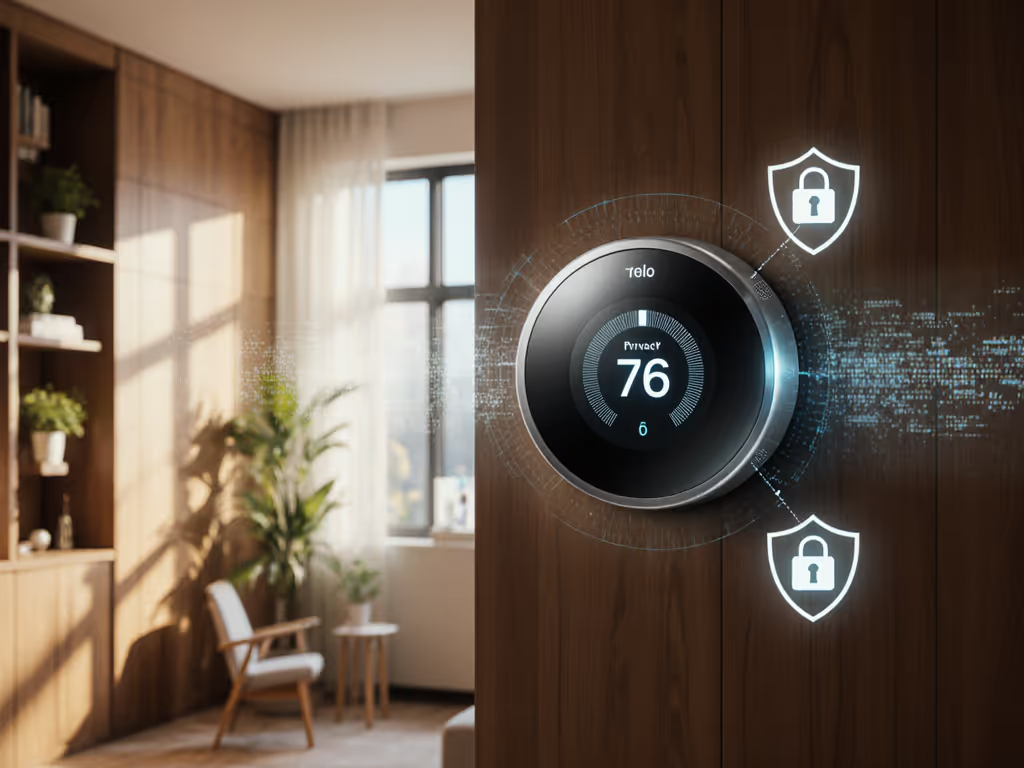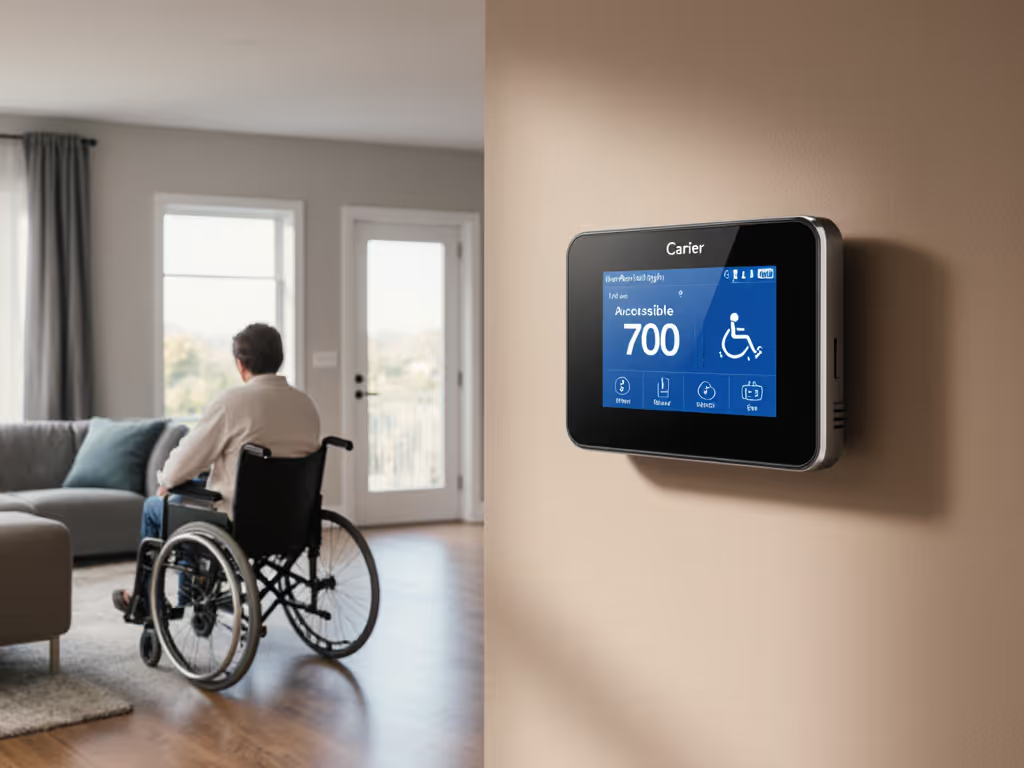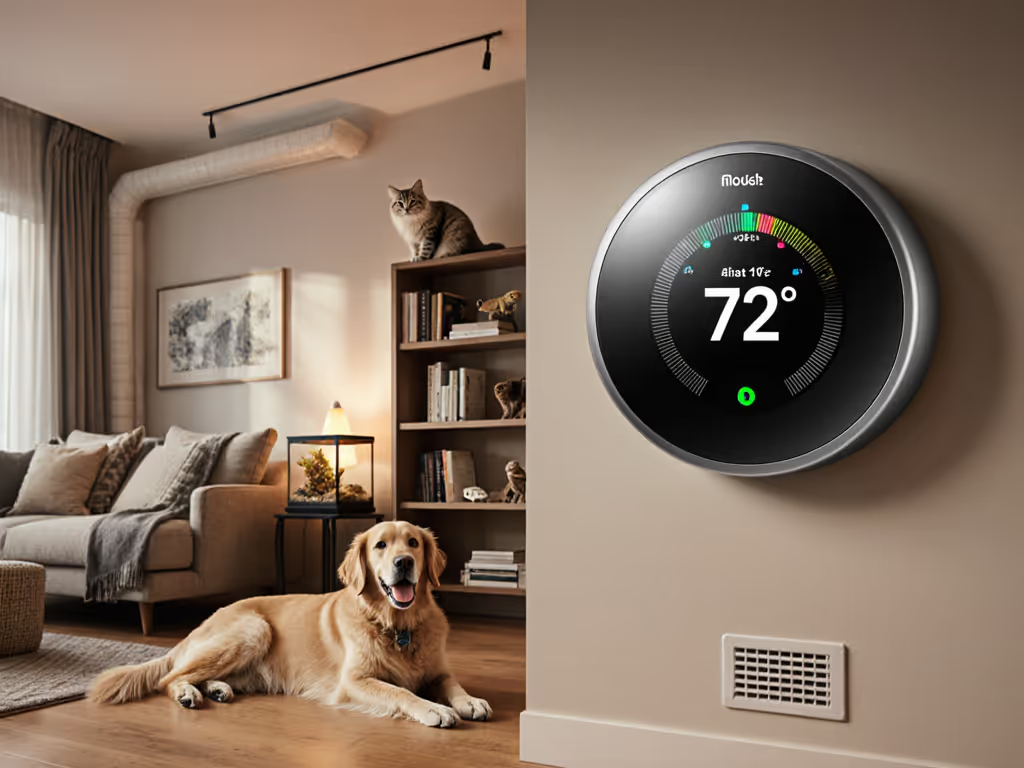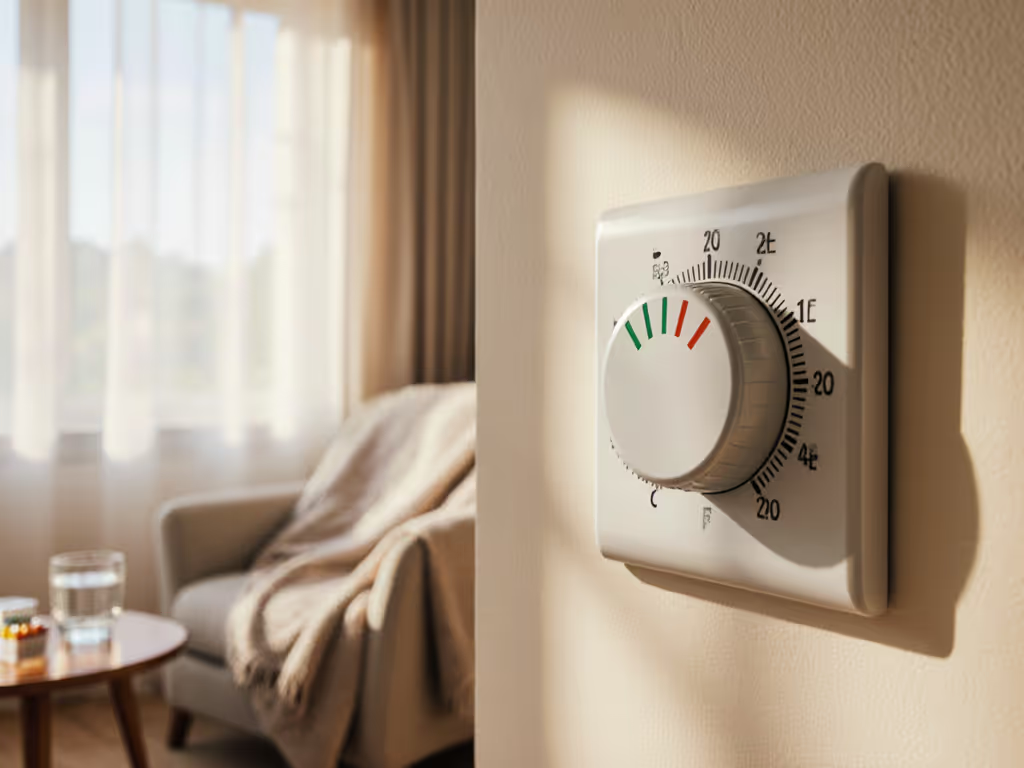
Smart Thermostat Privacy: Secure Your Home Network Now

Understanding your smart thermostat and its smart thermostat privacy concerns is critical for both security and savings. While these devices promise energy efficiency, the data they collect extends far beyond temperature settings, and most homeowners don't realize how vulnerable they are. As an energy analyst focused on predictable savings, I've seen homeowners enroll in utility demand response programs only to later worry about who's accessing their occupancy patterns. Savings should be predictable, opt-out friendly, and never compromise comfort. When my parents switched to time-of-use billing, I modeled their hourly load but also checked what their thermostat vendor shared: one platform sent detailed occupancy data to third parties while another kept it local. The difference in comfort control was stark.
Why 52% of Homeowners Are in the Dark About Thermostat Data
A recent Copeland study revealed 52% of homeowners have no idea how smart thermostats collect and use their data, yet 70% would replace their device for better privacy. This gap creates real risks:
- Occupancy profiling: Thermostats learn when you're home, away, and sleeping, patterns thieves could exploit.
- Energy usage fingerprints: Your HVAC runtime reveals household size and behavior.
- Location leakage: Geofencing features broadcast your phone's location to the cloud.
Assumptions drive outcomes, check whether your thermostat's privacy policy specifies if it sells data to advertisers. Unlike subscription 'optimizers' that hide their data practices, transparent manufacturers like Copeland explicitly state they never use smart thermostat activity for targeting or advertising.
5 Steps to Lock Down Your Smart Thermostat Privacy
1. Audit Your Data Sharing Settings (Before Installation)
Most homeowners skip this during setup. Within your thermostat app:
- Disable "improve the product" data sharing (often enabled by default)
- Turn off personalized energy reports if they send data externally
- Verify third-party app permissions, revoke access for unused services
Clear assumptions list: A thermostat collecting only temperature data has minimal risk. One tracking occupancy patterns, phone location, and energy usage creates multiple exposure points. Perform this audit before connecting to utility programs where demand response events depend on your schedule.
2. Segment Your Home Network
Your thermostat shouldn't share a network with critical devices. Create a separate IoT VLAN:
- For most routers: Enable the "Guest Network" feature for smart devices
- Advanced users: Configure a dedicated SSID with firewall rules blocking LAN access
- Payback range: $0 (using existing router) to $50 (for mesh system with VLAN support)
This prevents a compromised thermostat from accessing your primary devices. Securing smart home devices starts with network isolation, a basic IoT security for thermostats practice that many overlook.
3. Opt-Out of Advertising Networks
Google Nest and Amazon thermostats often link to broader ad ecosystems. To break this connection:
- In Google Account settings: Disable "Ad Personalization" under Data & Privacy
- On Ecobee: Uncheck "Share non-personal aggregated data" during setup
- For Apple HomeKit: Use "Sign in with Apple" to hide your email
Enroll smartly: incentives matter, but override must be obvious. I've modeled this trade-off, a thermostat limiting data sharing might miss $25 utility rebates, but avoiding third-party data sales prevents unknown long-term risks. The dollar figures here balance immediate savings against potential privacy costs.
4. Disable Non-Essential Cloud Features
Many thermostats function locally but push data to the cloud by default. Critical toggles:
- Turn off "Automatic Software Updates" if you'll manually patch
- Disable remote access when traveling isn't needed
- Reject "Usage Insights" that profile your behavior
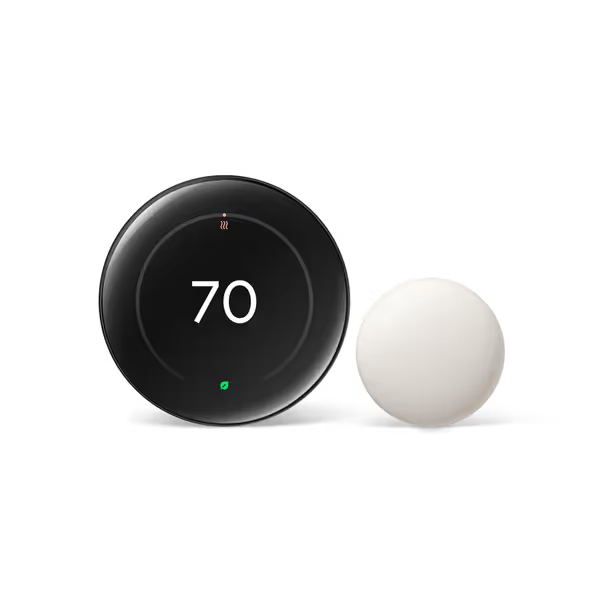
Google Nest Learning Thermostat (4th Gen) with Nest Temperature Sensor
The Nest Learning Thermostat (4th gen) exemplifies this tension, it provides strong remote control but requires Google account integration. For protecting home network integrity, consider devices with local processing capabilities that only contact the cloud for critical updates.
5. Verify Utility Program Data Requirements
Demand response programs often require sharing granular usage data. Before enrolling:
- Ask: "What specific data points does the utility need?"
- Confirm if anonymized data suffices (e.g., total kWh vs. hourly patterns)
- Document event timelines and rate windows where you'll retain manual override
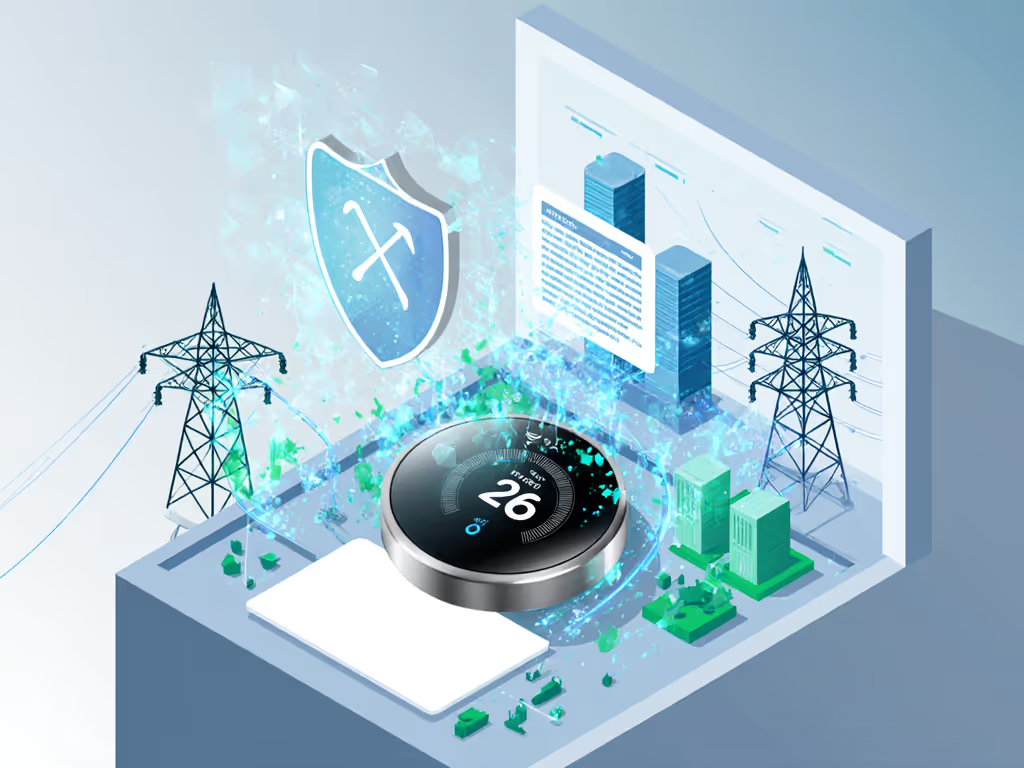
One homeowner saved $180/year on time-of-use rates but discovered their thermostat vendor shared 15-minute interval data with marketers. A clear assumptions list comparing utility benefits versus privacy trade-offs would have prevented this surprise. Your thermostat shouldn't force a choice between comfort savings and data security.
The Privacy-ROI Balance You're Missing
When calculating thermostat ROI, factor in privacy protection costs:
| Privacy Measure | Cost | Payback | Risk Reduction |
|---|---|---|---|
| Separate IoT Network | $0-$50 | Immediate | High |
| Premium Privacy-Focused Thermostat | $30-$80 extra | 2-3 years | Critical |
| Professional Security Audit | $100-$200 | Situational | Moderate |
Assumptions drive outcomes, check whether your savings model includes privacy breach risks. While no vendor guarantees bill outcomes, transparent manufacturers disclose exactly what data they collect and how it's used. This aligns with my core principle: predictable savings require predictable data practices.
Final Verification Checklist
Before hitting 'install,' run through this privacy stress test:
- Data collection policy is readable in under 5 minutes
- Manual override remains functional during internet outages
- Geofencing can be disabled without losing core functionality
- Firmware updates don't reset privacy settings to default (on)
- Local storage option exists for usage data
Homeowners often prioritize energy savings over data security, until they receive targeted ads based on their thermostat's occupancy patterns. With thermostat data collection practices evolving alongside AI, your privacy configuration needs regular review. Treat it like checking your HVAC filter: seasonal maintenance prevents bigger problems.
Enroll smartly: incentives matter, but override must be obvious.
Ready to deepen your knowledge? I've compiled a free guide comparing privacy policies of top thermostats across 12 critical criteria, from data retention periods to third-party sharing disclosures. It includes the exact questions to ask utilities before joining demand response programs.

